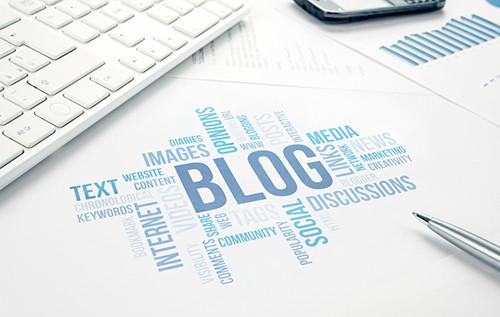Innovative Approaches to AAV Formulation Development: Accelerating cGMP Capacity

The fast-tracking landscape of contemporary gene therapy demands continuous advances in AAV (Adeno-associated virus) formulation development and the enhancement of cGMP (Current Good Manufacturing Practice) capacity. Together, these transformations are essential in producing safe and effective gene therapies for patients.
AAV Formulation Development: A Primary Focus
In the field of gene therapy, AAV formulation development has gained significant focus. AAV vectors are used as delivery vehicles or "vectors" to administer therapeutic genes into patient's cells. This therapeutic gene, once inside the cell, generates a functional protein to correct or counter the effects of the disease-causing genetic mutation, providing a basis for curing several genetic diseases.
The AAV's natural origin makes it an ideal vector for human gene therapy, attributed to its lack of pathogenicity and low immunogenicity. Many variants of AAV exist, each having unique properties that make them suitable for distinct applications, from ocular gene therapy to curing muscular dystrophy, hemophilia, and other genetic diseases.
However, despite these promising attributes, the AAV formulation development process is not without its challenges. Successful AAV formulation demands understanding factors such as administration routes and organ-specific distribution, stability, vector aggregation, manufacturing-related impurities, and vector-host interactions.
Enhancing cGMP Capacity: A Prerequisite for Efficient Therapies
To accompany this technical transformation, expansion in cGMP capacity is a necessity. cGMP represents regulations enforced by the US Food and Drug Administration (FDA) to ensure proper manufacturing, control, monitoring, and management of gene therapy products. This regulates the quality and consistency of the end product, ensuring its safety and functionality. Increased cGMP capacity will ensure more efficient and fast-turnaround production of high-quality, standardized AAV vectors, meeting the growing demand for gene therapy treatments worldwide.
Enhancements in cGMP capacity revolve around concepts such as scale-up, process characterization and validation, facility considerations, and equipment qualification. As well as knowledge in Quality by Design (QbD), focusing on understanding and controlling manufacturing processes to ensure the product meets the desired quality attributes.
Moreover, boosting the cGMP capacity will help tackle several challenges in AAV formulation development. For instance, it will facilitate effective large-scale production of AAV vectors, a challenge due to the complex biology of the vector and stringent regulations. Increased cGMP capacity can also pave the way for tackling issues related to vector purity, potency, and consistency.
The Future of AAV Formulation Development and cGMP Capacity
Advancements in AAV formulation development, coupled with increased cGMP capacity, lay the foundation for a vibrant era of gene therapy. With continuous technology improvements, the robust scale-up of AAV manufacturing, and the creation of effective formulations, millions of patients suffering from genetic diseases worldwide could potentially benefit.
A harmonious blend of AAV formulation development with substantial cGMP capacity not only promises innovation in therapeutic treatment but also sets standards in safety, quality, and efficacy. As research and industry continue to join forces, this combined approach can accelerate the processes that bring life-changing genetic therapies from the lab to the patients who need them the most.
- Art
- Causes
- Crafts
- Dance
- Drinks
- Film
- Fitness
- Food
- Games
- Gardening
- Health
- Home
- Literature
- Music
- Networking
- Other
- Party
- Religion
- Shopping
- Sports
- Theater
- Wellness


